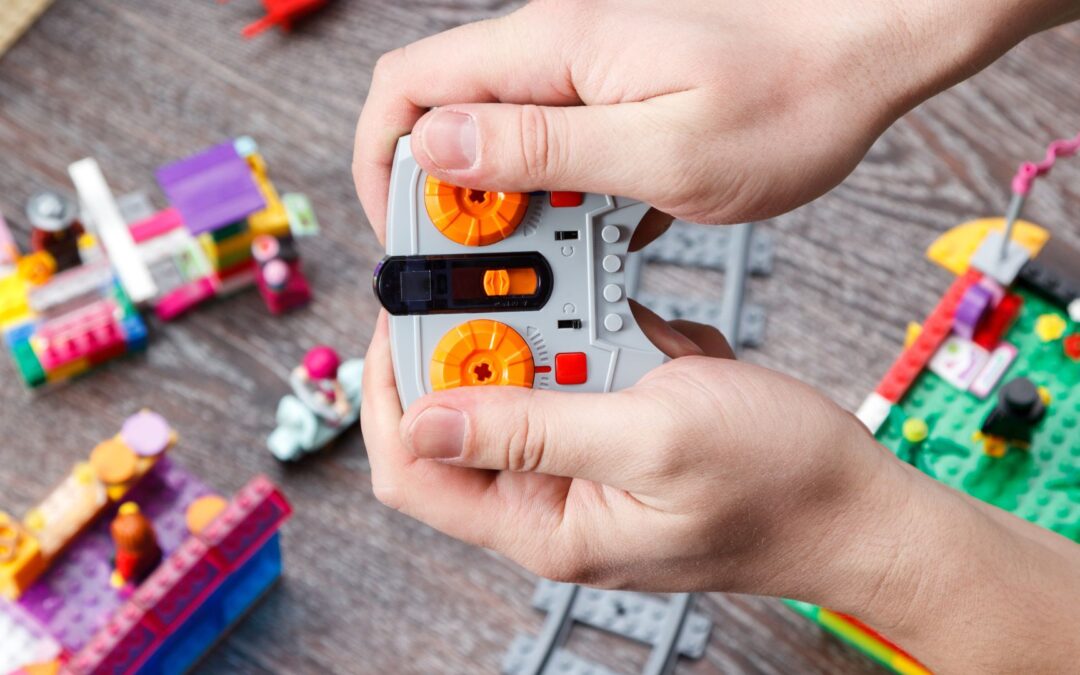Whether you are taking a childhood favorite from storage or have a new-to-you, used LEGO® set, you may have some work to do before you start building. Be prepared to do some cleaning and restoring, replace instructions, sort pieces, and buy replacement bricks. If you want a specific set, Bricks & Minifigs might have it.
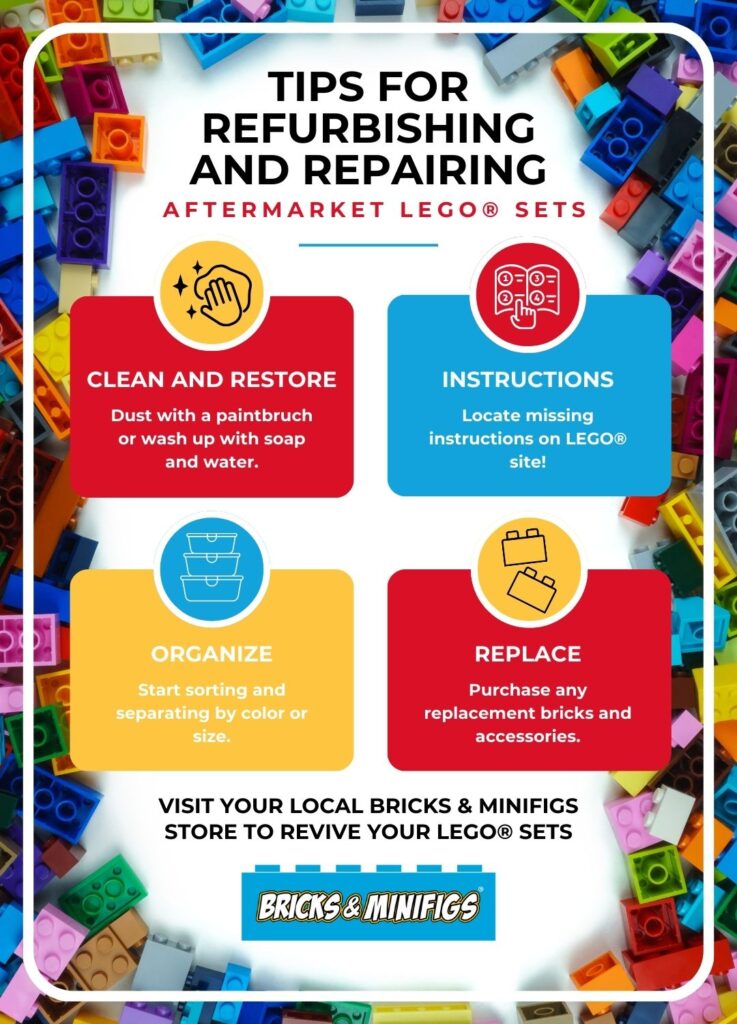
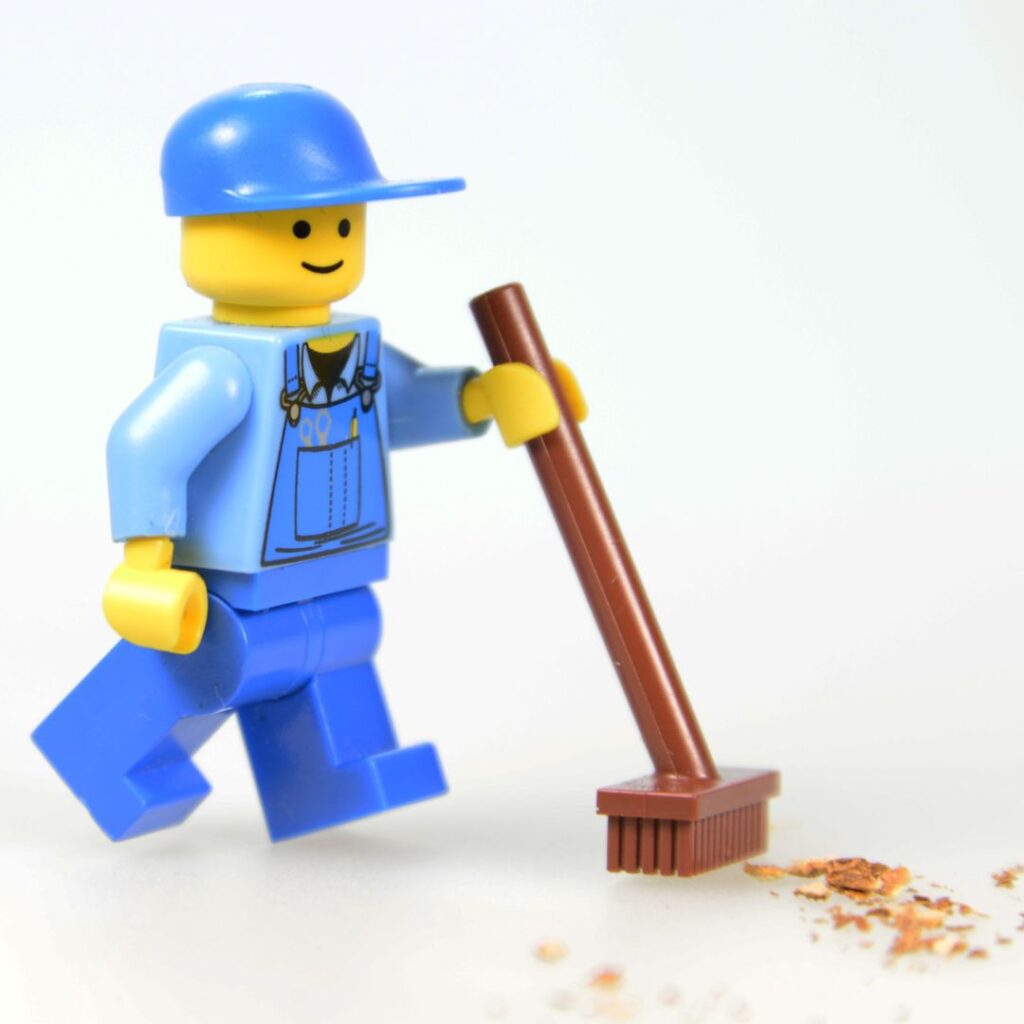
Clean and Dust
A LEGO® set may need some cleaning. You can use a damp cloth and a paintbrush or toothbrush to reach in between studs. You can use compressed air to remove dust from intricate pieces. Keep it on hand to also dust your finished creations. If you find your bricks are extra dirty, use mild soap and water to remove dirt and sticky residue. Always test an area before using any cleaner to ensure you are not damaging the bricks. Stay away from harsh cleansers as some can fade bricks’ color, remove stickers, and weaken the plastic of your vintage bricks. If your bricks are very dirty from childhood play or spilled juice, you can briefly immerse them in soap and water. Make sure they are fully rinsed and dried. Do not immerse any blocks with stickers.
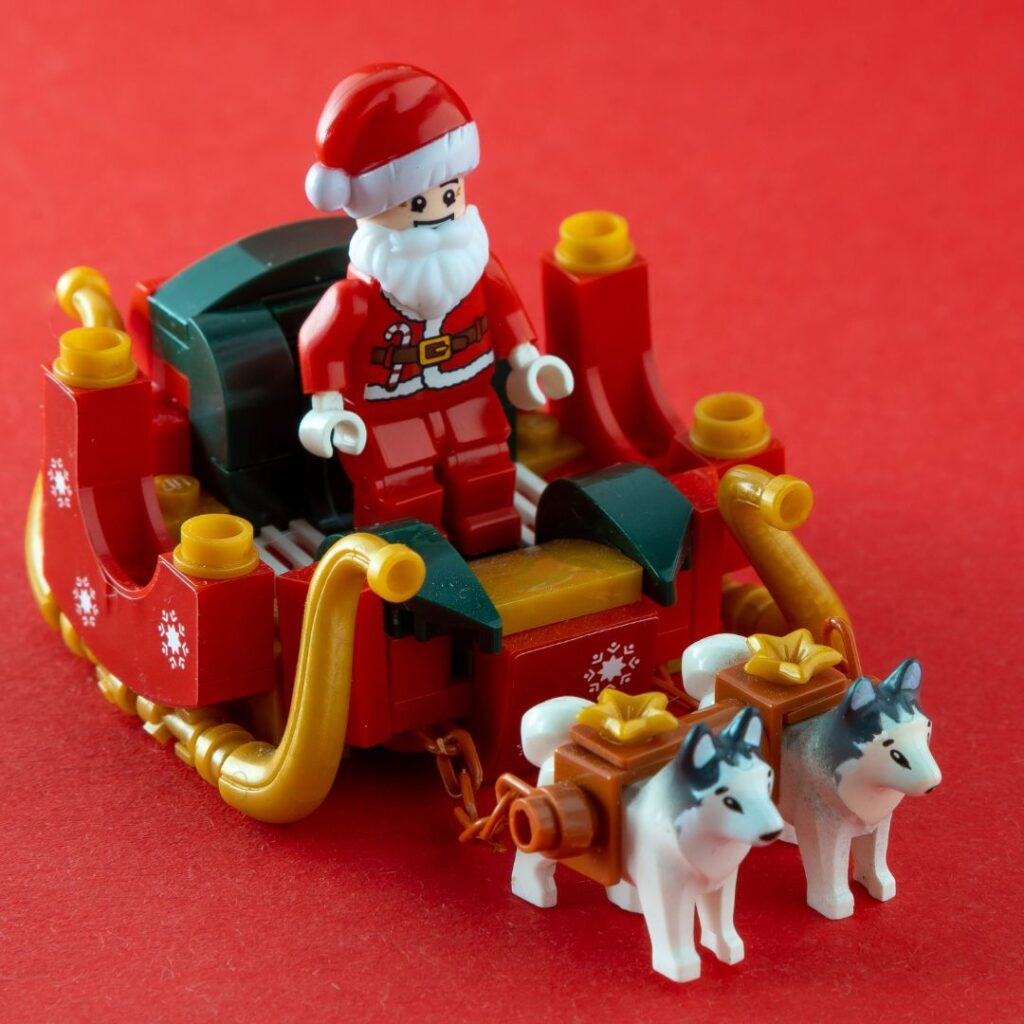
Restore the Classic Shine
Some creators have had luck with using hydrogen peroxide on discolored bricks to bring back their original color. If bricks are clean, but seem a little lackluster, give them a quick shine with a lens cloth. Then give your glasses a cleaning so you can read those instructions.

Clear Instructions
If your used LEGO® set comes with instructions, they may need some protection to continue being usable. You can laminate them or put them in a protective sleeve to lengthen their life. If they are missing, you can find many old building instructions on LEGO’s® site. You can download the instructions to use digitally or print them out and keep them with the set.

Organized for Success
Examine your set. Decide whether you need to separate bricks by color, size, or both. If you want, there are LEGO® storage boxes, but many use plain tubs instead. A popular pick for storage includes clear plastic containers with lids. This allows you to see what you have, separate them as needed, and protect them from dust. If you spent any time cleaning them, you don’t want to repeat this step. Another popular organizational method is plastic drawers. This allows you to slide out the color or size you need without stacking and restacking containers. Finding the method that works for you will help as you expand your collection and keep building.
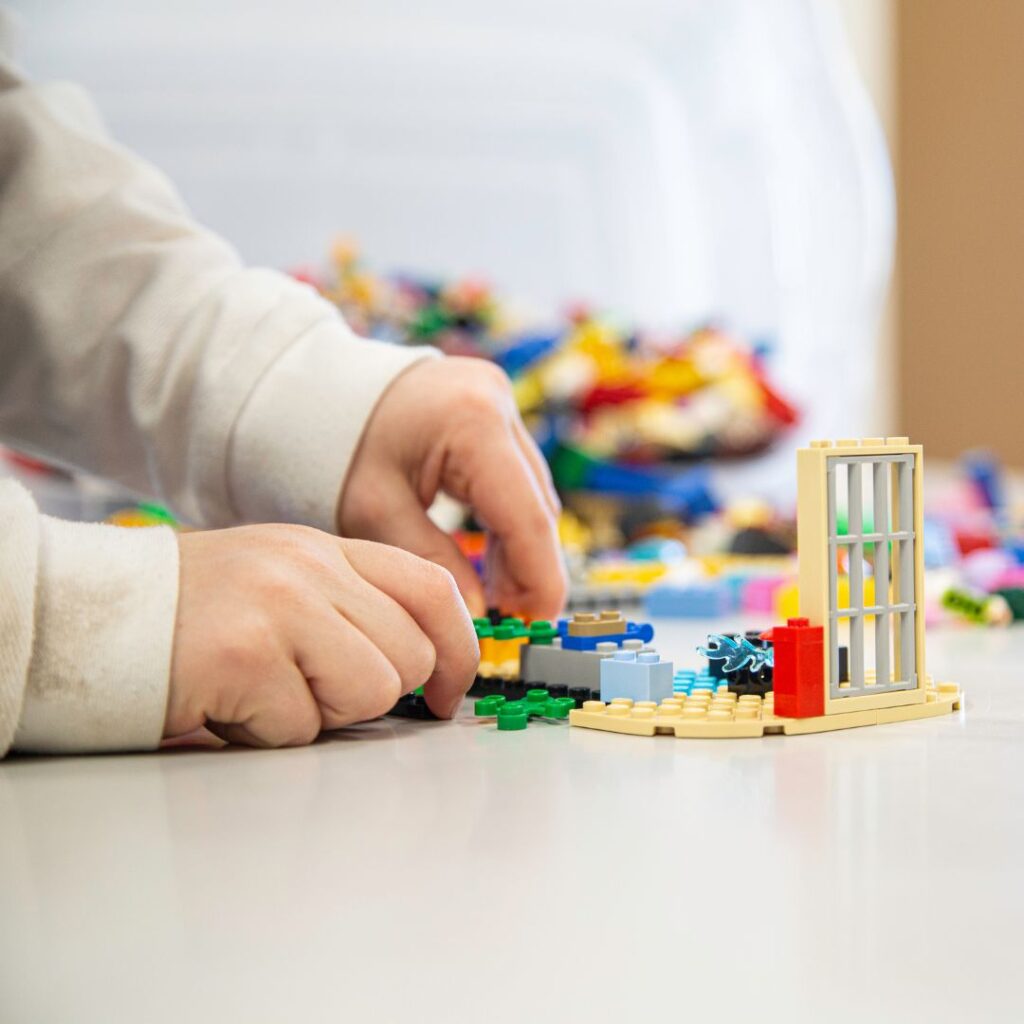
Replace Any Missing Bricks
When you have sorted the pieces, you may find you are missing or have damaged bricks and pieces. A common damaged brick has teeth marks from pets or even children when they use their teeth to pry bricks apart. Bricks & Minifigs has used LEGO® kits for sale and much more. You might want to trade in kits or sell ones that you no longer want. For a full description of how our stores operate please review all the steps for buying and selling.
Used LEGO® sets can be an affordable option for any collector. We see value going up as more and more are interested in this reusable pastime. Visit your local Bricks & Minifigs and find your next set to add to your collection and find any replacement parts too.

